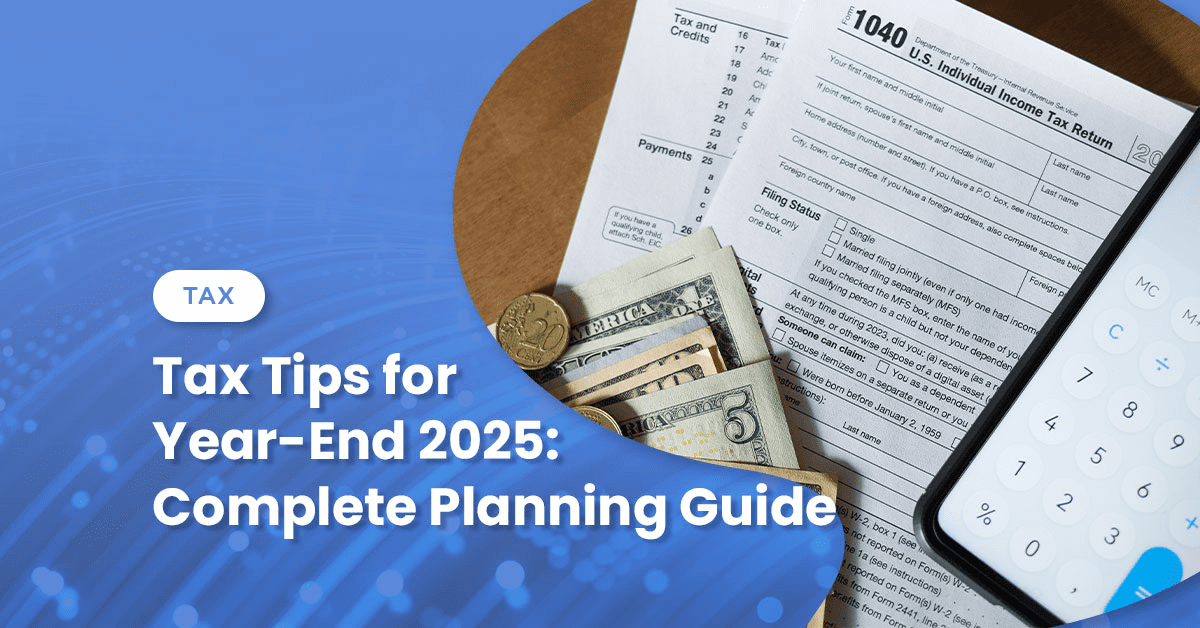By Kyle Pennacchia
More than 56 percent of New York City residents are burdened by spending more than one-third of their income on rent and utilities according to a recent New York City Housing and Vacancy Survey. The challenge current landlords and city officials face is making the rental market within the city limits profitable, while also keeping rental rates affordable and readily available for all New York City residents.
Owning a residential building in New York City can be very lucrative, but owners must adhere to the complex laws covering rent regulations provided by the New York City Rent Guidelines Board at NYCRGB.org.
Regulated vs. deregulated rental rates
An apartment is likely to be rent-stabilized (regulated) under the following conditions. The building:
- Was built before 1974
- Has six or more units
- Has apartments with rent lower than $2,700, or $2,500, depending on when the tenant signed the lease (See exemptions below.)
- Is subsidized, using programs such as middle-income Mitchell-Lama housing, lower-income public housing or Section 8
Market rate housing (deregulated rents) generally applies under the following conditions. The building:
- Has no more than five units
- Has more than five units but:
- Apartments are renting for more than $2,700.
- It is a new building constructed after Jan. 1, 1974 (unless the owner has taken advantage of tax abatement programs for which it may be regulated).
The New York City Rent Guidelines Board posts rental rate increases for regulated apartments on an annual basis, taking capital improvements and owner hardships into consideration.
Rental rate regulation guidelines
Not every apartment in a rent-stabilized building has to be regulated. However, all apartments with rents within the following criteria could cause the apartment to become or stay regulated.
- The apartment rents for less than $2,000 and the tenant moved in between Jan. 1, 1993, and June 23, 2011.
- The apartment rents for less than $2,500 and the tenant moved in after June 24, 2011.
- The apartment rents for less than $2,700 and the tenant moved in after June 15, 2015.
There are other exceptions, as well that you can read more about in my full article here.
Ultimately, it is proper planning, realistic budgets and researched projections that are most vital when you are investing in and/or managing rent regulated real estate within the New York City marketplace. A good real estate accountant with significant experience and expertise within the New York City market can help you navigate the tricky terrain.
Kyle Pennacchia provides business advisory services in Real Estate for Wiss & Company clients in the New York City Metropolitan area.

 Previous
Previous




